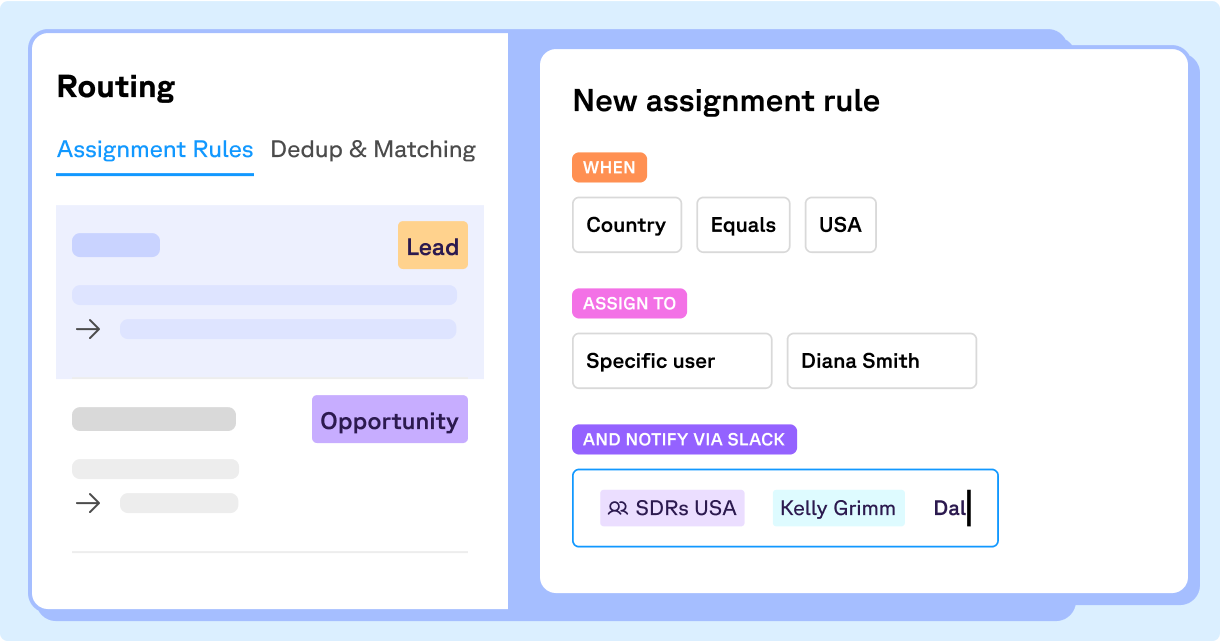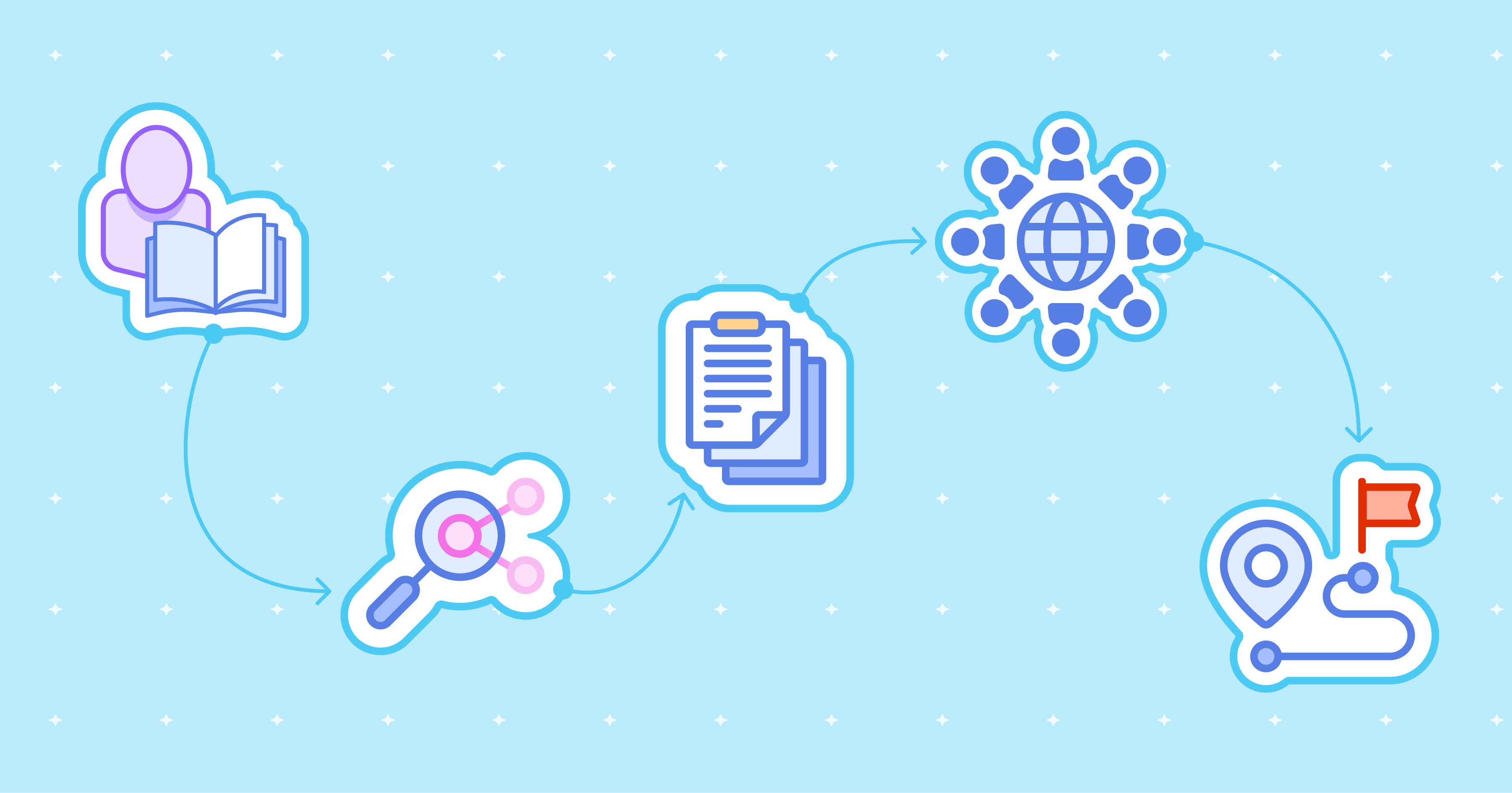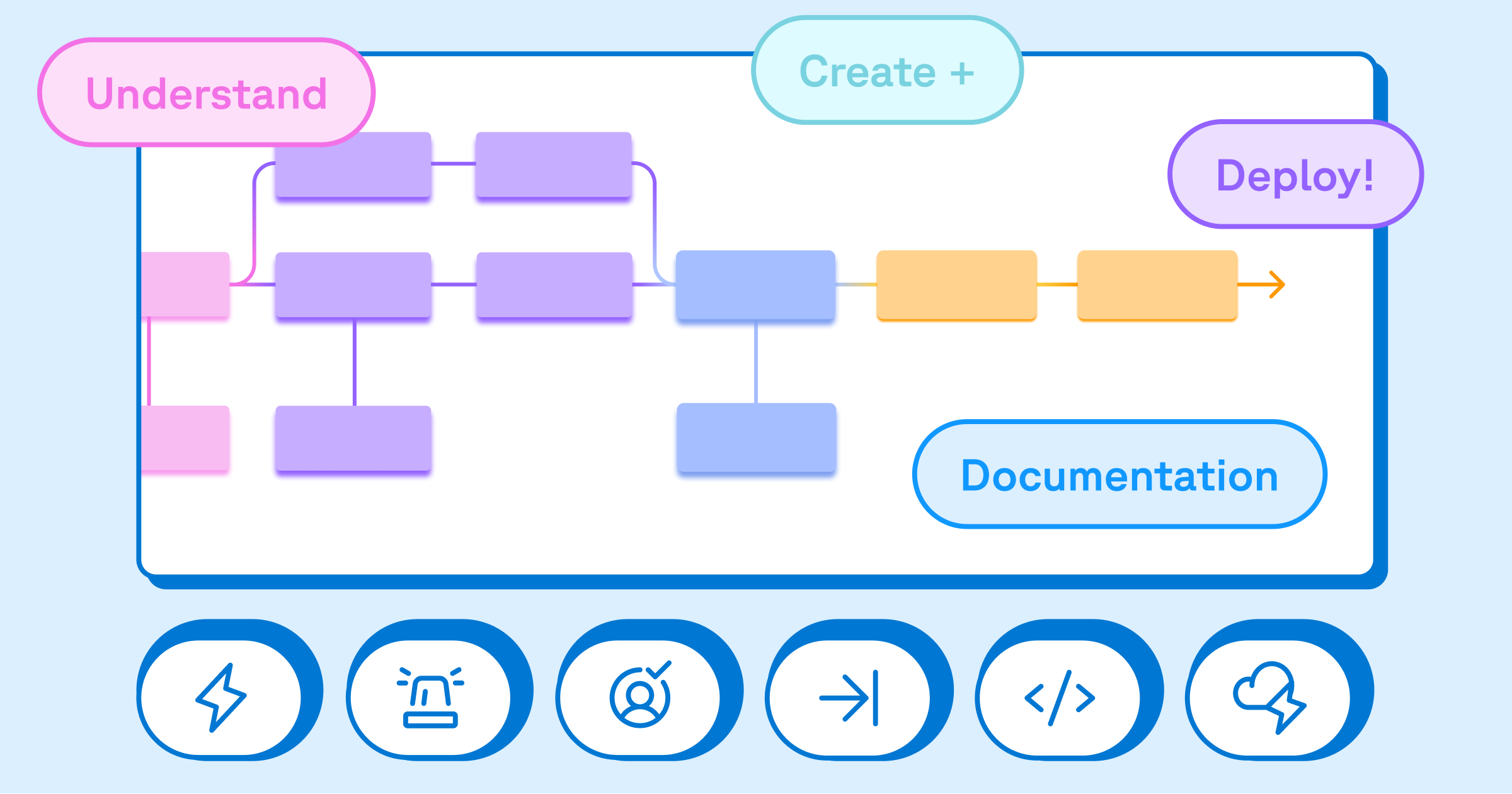

In today's competitive market landscape, exceptional customer experiences are no longer a perk, they're a necessity. But simply closing the sale isn't enough. Neglecting post-sale interactions can leave your Annual Recurring Revenue (ARR) to flatline.
In fact, according to the McKinsey article “Experience-led growth: A new way to create value,” 80% of the value creation achieved by the world's most successful growth companies comes from their core business, principally unlocking new revenues from existing customers. Additionally, companies with strong CX outperform their peers: the McKinsey article states that in the US, CX leaders achieved more than double the revenue growth of CX laggards between 2016 and 2021. This translates to significant financial gains.
Customers today crave personalized experiences across all channels. They expect real-time support, proactive communication, and companies that anticipate their needs. A rigid, siloed post-sale Salesforce setup hinders your ability to adapt to these changing demands. However, by embracing agility and a customer-centric approach within Salesforce, you can unlock the power to combat churn and drive growth. This blog explores how Salesforce can be leveraged to create a dynamic and agile post-sale experience that fosters customer loyalty and fuels sustainable growth.
Why Salesforce Agility Matters
Here's why agility is critical for a successful post-sale experience in today's market:
- Urgency vs. Turnaround: Critical issues require immediate attention and action, not lengthy approval processes for Salesforce configuration changes. The traditional reactive approach of making Salesforce change requests stifles your team's ability to adapt quickly to changing circumstances, like a global pandemic where customer needs shift rapidly. Service teams need to deploy solutions with agility, mirroring the fast-paced nature of today's business environment.
- Firefighting vs. Proactive Care: Post-sales teams can resemble firefighters, constantly scrambling to deal with emergencies – one frustrated customer interaction at a time. This reactive approach leaves little room for proactive care. Businesses should empower their service teams to anticipate potential issues on their own, such as making changes to the routing logic or escalation processes. This proactive approach allows them to identify and address problems before they become full-blown crises, fostering a more positive and preventative customer experience.
- Multi-Channel Complexity: Today's customers engage with businesses across multiple channels (contact centers, emails, website chats, social media, etc). This complexity can quickly escalate into a disjointed mess of information for both customers and service representatives. Post-sales teams should create a system that seamlessly orchestrates these channels into a single-source-of-truth, layered with dynamic routing and case management.
The Solution: A Collaborative and Agile Salesforce

Here's how to create an agile post-sale experience with Salesforce:
- Unified View: Break down information barriers between sales and post-sales teams. A unified view provides a shared context of customer interactions, needs, and expectations across the entire sales cycle. This fosters collaboration, ensures a smooth handoff, and empowers teams to anticipate customer needs based on past interactions. Sweep addresses the visibility challenge head-on by introducing a visual canvas within Salesforce. It creates a visual canvas that maps out the entire customer journey, including interactions, milestones, and touchpoints across all departments. Picture a clear flow chart that connects the dots, fostering a shared understanding for all teams.
- Dynamic Case Routing: Utilize Salesforce routing rules to automatically assign cases to the most qualified representative based on factors like customer segment, product expertise, and case priority, providing a more personalized experience. Given that Salesforce routing rules have limitations in terms of complexity, limited visibility, and scalability, consider third-party solutions like Sweep. Sweep’s Automated Routing solution can enable you to overcome these limitations and ensure your routing is agile and dynamic according to your business needs. This ensures faster resolution times, and Sweep's visual representation allows teams to easily identify bottlenecks and optimize workflows.
- Account Tier Specific Processes: A single customer, buying a few products online may well warrant a different response from your service team than an enterprise account placing a major order. Sweep allows you to define different onboarding processes for different tiers of accounts. These processes can include specific entry and exit criteria based on different attributes of the accounts.
- Collaboration Tools: Utilize tools like Salesforce Chatter or dedicated Slack channels to foster communication and collaboration between sales and service teams. This ensures a seamless handoff between departments and avoids information gaps that can lead to customer frustration. With Sweep, you can create a dedicated "deal room" (or "case room") channel where sales, service, and other relevant teams can collaborate throughout the sales cycle and beyond. This facilitates information sharing and progress tracking, ensuring a smooth handoff between sales and post-sales teams.

By implementing these strategies and best practices with Salesforce and Sweep, businesses can transform their post-sale experience, fostering customer loyalty and driving long-term growth. This customer-centric approach, fueled by agility, translates into exceptional service experiences that propel your ARR to new heights.
If you’re interested in learning more about how Sweep can support your post-sales experience in Salesforce, book a demo today.












